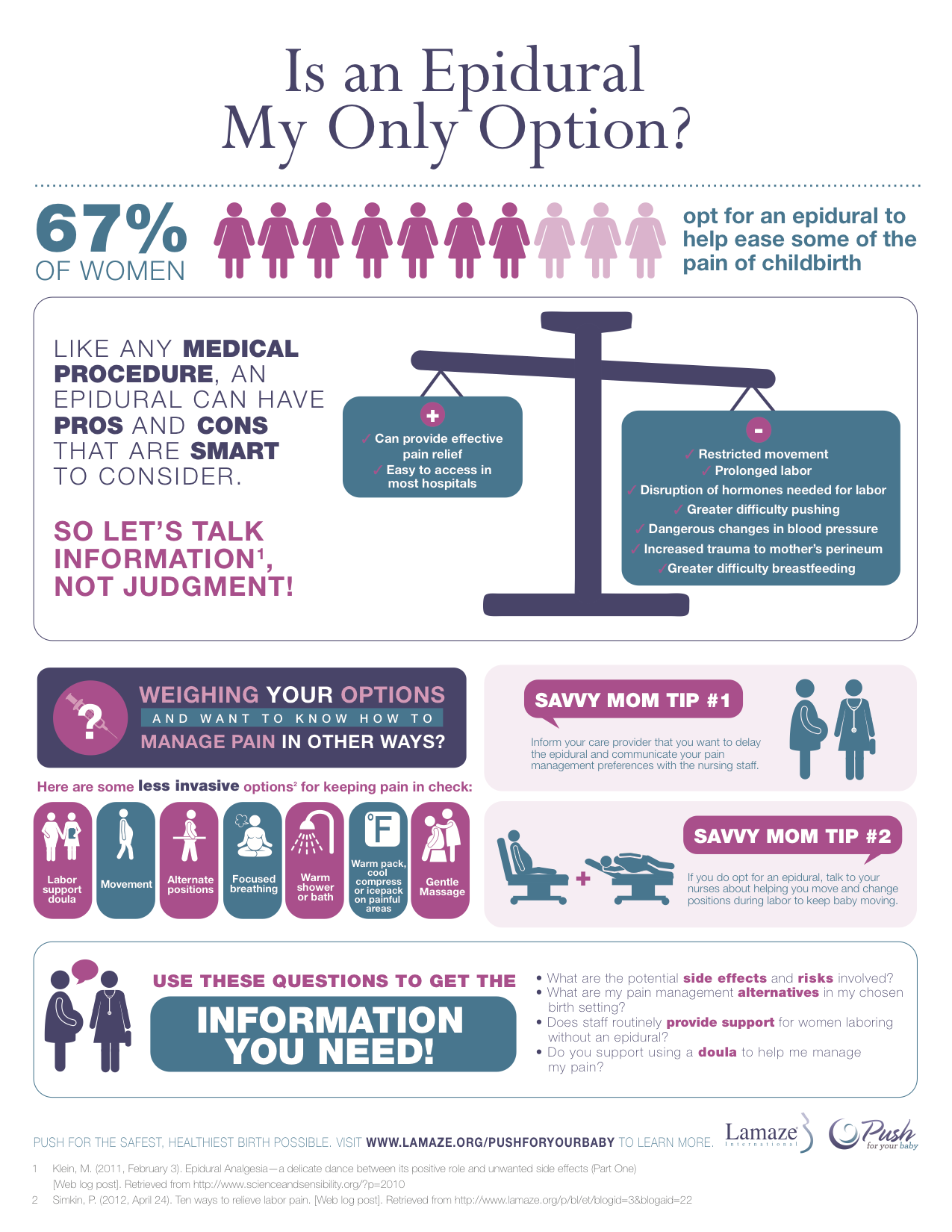How To Avoid Routine Medical Interventions
/Part 5 of 7. Stay tuned for future posts in this series, How To Alleviate Fears and Manage Labor Pain by our team of Lamaze Childbirth Educators. Part 1 can be read here. Scroll down for more links.
Medical interventions are frequently used in the birthing process, however they usually have unintended effects that lead to more and more interventions. They tend to be done based on convenience rather than a medical reason and are quite often overused. However, there are instances in which they may be beneficial. Interventions should be thought of as tools to help guide you through labor if certain situations arise.
Before making the decision to disrupt your body’s natural response to labor talk to your care provider about benefits, risks and alternatives to the proposed intervention. It is important you know that ultimately it is your labor and your choice of how you want to birth your baby.
Healthy Birth Practice #4: Avoid Routine Procedures, Interventions
Intervention 1: Intravenous Fluids
Intravenous fluids are one of the most common routine interventions used throughout labor and delivery. IV fluids may be used concurrently with medications such as antibiotics or pain medication. IV fluids may seem harmless but they carry risks just like any other intervention. For example, having continuous fluids may cause:
Restricted movement -> increased pain -> epidural
Areolar swelling -> hard to latch baby to successfully breastfeed -> supplement with formula
An increase in baby’s weight -> baby loses 10% or more of birth weight -> supplement with formula
Alternative: Talk with your care provider about drinking clear fluids.
The World Health Organization urges against the use of routine IV fluids during normal labor and birth (WHO, 1997). They caution that restricting oral intake can lead to dehydration and exhaustion, and propose instead that people at low risk of requiring general anesthesia be offered drinks and light meals during labor.
Intervention 2: Episiotomy
An episiotomy is sometimes used when a baby is very large or is in a suboptimal position while pushing. For many years, episiotomies were performed regularly on practically all birthing women. It was once thought that repairing a surgical cut was easier than repairing a jagged tear. Unfortunately, once an episiotomy is done, women have a tendency to continue tearing. Research has since proven that routine episiotomies are not any more effective nor healthier than naturally tearing.
Alternative: Have your care provider use a warm compress on your perineum during pushing.
Intervention 3: Pitocin
Pitocin is a drug used to mimic the body’s natural hormone responsible for labor - oxytocin. Pitocin can be used during labor to speed up and strengthen contractions. It can also be used after delivery to stop bleeding and shrink the uterus. While they do work alike, oxytocin provides more benefit to mother and baby.
Below is a comparison of how the two differ; Oxytocin (O) vs. Pitocin (P):
O: released in pulsing action intermittently
P: given continuously through IV = longer and stronger contractions
O: body responds with endorphins = natural pain relief
P: body does not know to release endorphins
O: spikes at birth to promote healing/bonding with your baby
P: does not spike - interferes with natural release of oxytocin
Alternative: Use nipple stimulation to promote natural oxytocin release.
Intervention 4: Continuous Electronic Fetal Monitoring
Upon arrival at the hospital it is common to be placed on electronic fetal monitors to read your baby’s heart rate. This is done to confirm that your baby is tolerating labor well. However, oftentimes the mother is continually hooked up to these monitors without reason. There has been no proven benefit of continuous monitoring for babies. In fact, the World Health Organization states continuous monitoring is often used inappropriately. The American College of Obstetricians and Gynecologists suggests intermittent monitoring every 30 minutes during labor and every 15 minutes while pushing.
Alternative: Ask your care provider for intermittent monitoring.
These are just a few examples of how medical interventions are used routinely during labor and delivery. One way to avoid many of the routine interventions is to labor at home as long as possible. Early labor can last up to 24 hours. Be sure to communicate with your care provider on when to head to the hospital.
It is also important to have a general understanding of birth. Taking a childbirth class and writing out a birth plan that includes your wishes for how you want your labor to look is a great idea as well. Most importantly, carefully choose your care provider - choose one that is understanding of your birth preferences. Also consider hiring a doula to help support you physically and emotionally throughout your labor and postpartum period!
Credit: Lamaze International
The Institute of Medicine says it takes on average 17 YEARS after new research is published for medical professionals to change the way they practice. Don't get stuck with outdated practices for your baby's birthday! With our private prenatal lesson you'll learn how to get evidence-based care to optimize your birth outcome. In both Atlanta and Tampa, we teach an "intensive" preparation for childbirth with our private in-home Labor Lesson. You can reserve your spot here.
Registration includes access to our online Learning Center where you may watch videos, read further research, and download sample birth plans. Both these class options are an excellent opportunity for you and your birth partner to gain current evidence-based birth practices that can help you have the safest birth for you and your baby.
This post is part 5 of a 7 part series written by our team of Lamaze Childbirth Educators. Stay tuned for upcoming posts in our series, How To Alleviate Fears and Manage Labor Pain.
Part 1 can be read here.
Read part 2, Hormones and the Waiting Game.
Read part 3, Make Labor Productive
Read part 4, When Childbirth Moved Into Hospitals
Read part 6, Benefits of Upright and Spontaneous Pushing
Read part 7, Keep Parent and Baby Together





